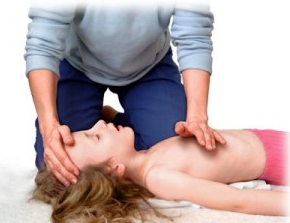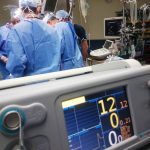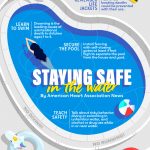Whether you’re a babysitter, a parent, or you work in a profession that involves children, CPR is undoubtedly a valuable tool. There are many reasons why an infant or child might require CPR, and it could be beneficial to take an online CPR course to be prepared. Performing CPR on children and infants is markedly different than performing CPR on adults and, for this reason, it is recommended to take a course specifically for infants and children.
Reasons Why Children and Infants May Need CPR
Children and infants may require CPR for a number of reasons. Here are just a few of the many reasons why a child or infant could need CPR:
SIDS: One of the number one causes of death in infants is Sudden Infant Death Syndrome (SIDS), and, while it is often too late by the time the parent discovers the infant, a report found that a fraction of SIDS cases have death delayed by successful CPR.
Choking: A common occurrence in both children and infants is choking. Small objects can easily become lodged in an infant’s throat, and many children also choke on their food.
Drowning: Drowning is another common event that requires CPR to be performed on children and infants. Drowning is the second-leading cause of unintentional injury-related death in children aged 1-4.
Genetic defects: Another cause of death in children and infants is due to genetic defects. Some of these defects may cause the infant/child to have difficulty breathing or suffer cardiac arrest later in life which will require immediate CPR.
The Differences between Infant, Child, and Adult CPR
There are notable differences in the CPR techniques used for infants, children, and adults. These differences need to be taken into account in emergency situations; otherwise, CPR may not be successful, and the victim could potentially be injured in the process. There are key differences when it comes to performing CPR on infants, children, and adults. We can give a basic overview of these differences, but learning how to perform them through a course from SimpleCPR is recommended:
Adults: For an adult, the responder should call 911 first before administering CPR. After dialing 911, check to see if the victim is unresponsive or obviously breathing, begin by tilting the head back and clearing the airway by lifting the chin. If the victim is unresponsive and not obviously breathing give 30 compressions with two hands in the middle of the chest and apply pressure through the heels of your hands, about two inches in depth. Begin rescue breaths with 30 compressions per two rescue breaths.
Children: Children have larger tongues in proportion to their bodies and have bones that are more flexible than adults. Because of this, CPR will be slightly different. If they are unresponsive, and you are the only one present, begin five rounds of CPR before calling 911. Do this by tilting the head back slightly (too far can block the airway even more) and breathing more gently than you would with an adult. Provide 30 chest compressions with one or two hands compressing the chest approximately 1/3 of its depth. Give two rescue breaths after every 30 compressions.
Infants: Tap the baby’s foot to check for responsiveness. If the baby is unresponsive, give two minutes of CPR before calling 911. Tilt the baby’s head only slightly to a position where it appears as though the baby is sniffing the air before giving breaths. Use two fingers for compressions the chest should be compressed approximately 1/3 of its depth. Use only the cheeks to provide rescue breaths. Give 30 compressions per two rescue breaths.
The Importance of CPR Training for Children and Infants
Learning CPR for children and infants is valuable, no matter what your age or profession is. While unresponsiveness from children and infants is not uncommon, it can happen quickly, and knowing what to do when it happens will give the victim the best chance of survival. CPR classes can provide us with the knowledge to help save lives. Not only do infant CPR classes teach you how to perform CPR on children and infants, but they can also provide valuable information on how to treat sudden illnesses and provide resources for the prevention of emergencies. People of all walks of life should consider infant and child CPR courses for these reasons.





